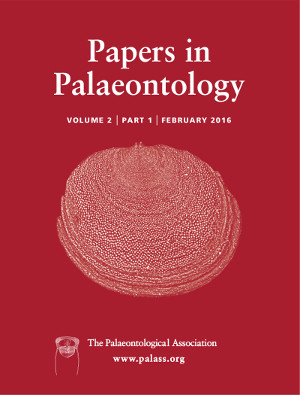Reg. Charity No. 1168330

Along the south‐western coast of South America, three genera of fossil phocids (true seals) have been formally described from the late Neogene: Acrophoca and Piscophoca from Chile and Peru, and, more recently, Hadrokirus from Peru, which all represent medium‐ to large‐sized phocids. Here, we report the discovery of Australophoca changorum gen. et sp. nov., a diminutive phocid from the late Miocene of the Bahía Inglesa Formation (northern Chile) and Pisco Formation (southern Peru), comparable in size with the smallest species of modern phocids. This taxon is based on diagnostic postcranial material, including a humerus that has an elongated deltopectoral crest but lacks an entepicondylar foramen; a femur with a subtrochanteric fossa, among other characters; in combination with a relatively small body size. All these features together distinguish A. changorum from all other reported pinnipeds. This new taxon not only increases the taxonomic and morphological diversity of phocids of the late Neogene of the eastern South Pacific Ocean, but it also provides new insights about the evolutionary history of fossil pinniped assemblages in South America and, broadly, in the southern hemisphere.